Virginia M. Kendall - Child Exploitation and Trafficking: Examining Global Enforcement and Supply Chain Challenges and U.S. Responses
Here you can read online Virginia M. Kendall - Child Exploitation and Trafficking: Examining Global Enforcement and Supply Chain Challenges and U.S. Responses full text of the book (entire story) in english for free. Download pdf and epub, get meaning, cover and reviews about this ebook. year: 2016, publisher: Rowman & Littlefield Publishers, genre: Home and family. Description of the work, (preface) as well as reviews are available. Best literature library LitArk.com created for fans of good reading and offers a wide selection of genres:
Romance novel
Science fiction
Adventure
Detective
Science
History
Home and family
Prose
Art
Politics
Computer
Non-fiction
Religion
Business
Children
Humor
Choose a favorite category and find really read worthwhile books. Enjoy immersion in the world of imagination, feel the emotions of the characters or learn something new for yourself, make an fascinating discovery.
- Book:Child Exploitation and Trafficking: Examining Global Enforcement and Supply Chain Challenges and U.S. Responses
- Author:
- Publisher:Rowman & Littlefield Publishers
- Genre:
- Year:2016
- Rating:5 / 5
- Favourites:Add to favourites
- Your mark:
Child Exploitation and Trafficking: Examining Global Enforcement and Supply Chain Challenges and U.S. Responses: summary, description and annotation
We offer to read an annotation, description, summary or preface (depends on what the author of the book "Child Exploitation and Trafficking: Examining Global Enforcement and Supply Chain Challenges and U.S. Responses" wrote himself). If you haven't found the necessary information about the book — write in the comments, we will try to find it.
In addition to compliance concerns raised by the Foreign Corrupt Practices Act (FCPA), UK Bribery Act, and other more familiar transnational anti-corruption laws, todays companies must also respond to more novel legal requirements, such as those contained in the California Transparency in Supply Chains Act, Federal Acquisition Regulations on Trafficking in Persons in Federal Contracts, U.K. Modern Slavery Act of 2015, European Unions Directive on Transparency and its amendments, and the proposed federal Business Transparency in Trafficking and Slavery Act and other laws.
This Second Edition of Child Exploitation and Trafficking: Examining Global Enforcement and Supply Chain Challenges and U.S. Responses brings fresh, practical thinking to this oft-misunderstood area of the law, helping erase some of its counterproductive mythology. The book not only provides the first comprehensive, practical introduction to the history and present-day reality of child exploitation and supply chain issues, but it also traces the interconnected web of domestic and transnational federal laws and law enforcement efforts launched in response thereto.
The Second Edition not only is updated to reflect the latest trends and other development presented by two of the premier experts concerning this constantly-evolving field, but it also contains new chapters examining areas such as special issues in the fight against human trafficking and the raft of landmark anti-trafficking laws that herald a new compliance reality for the globes business community.
Written from the distinctive perspective of those who have spent their careers in the trenches investigating, prosecuting, and adjudicating these intricate, emotional cases, as well as those who are tasked with ensuring that products are free from the taint of child exploitation and force labor, the book is uniquely proscriptive, as well as descriptive, in the sense that it relies on real-world examples to serve up practical advice and reform proposals for those involved at all levels of this challenging area.
Virginia M. Kendall: author's other books
Who wrote Child Exploitation and Trafficking: Examining Global Enforcement and Supply Chain Challenges and U.S. Responses? Find out the surname, the name of the author of the book and a list of all author's works by series.

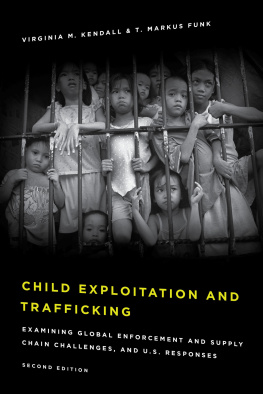

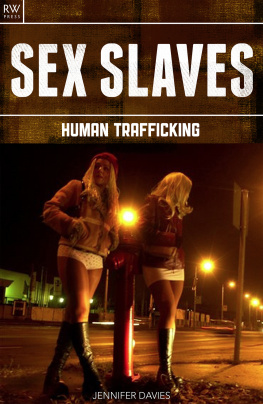
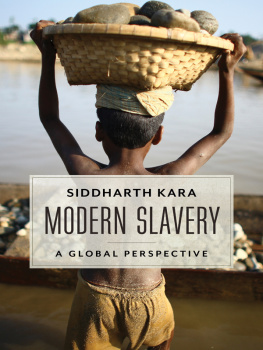
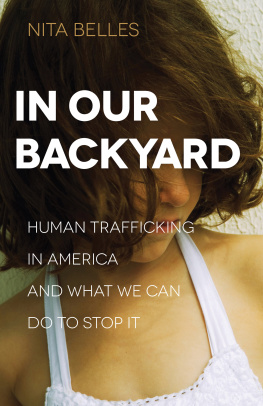
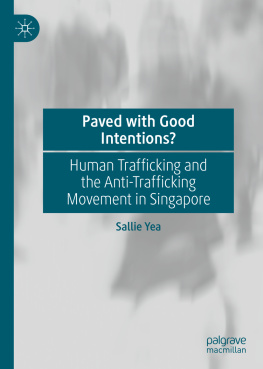
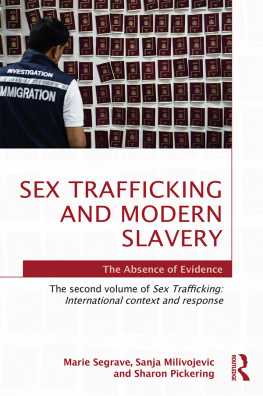
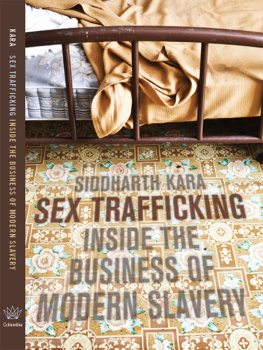
 The paper used in this publication meets the minimum requirements of American National Standard for Information SciencesPermanence of Paper for Printed Library Materials, ANSI/NISO Z39.48-1992.
The paper used in this publication meets the minimum requirements of American National Standard for Information SciencesPermanence of Paper for Printed Library Materials, ANSI/NISO Z39.48-1992.